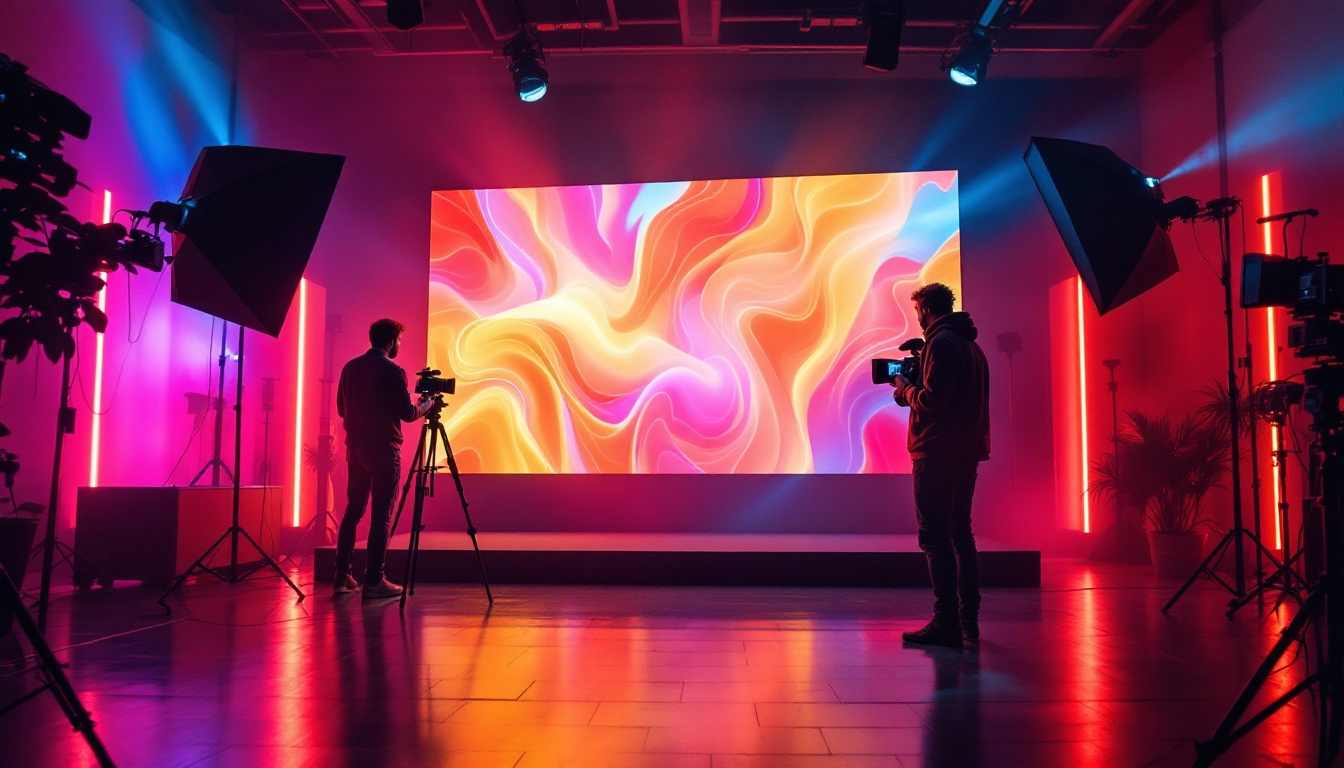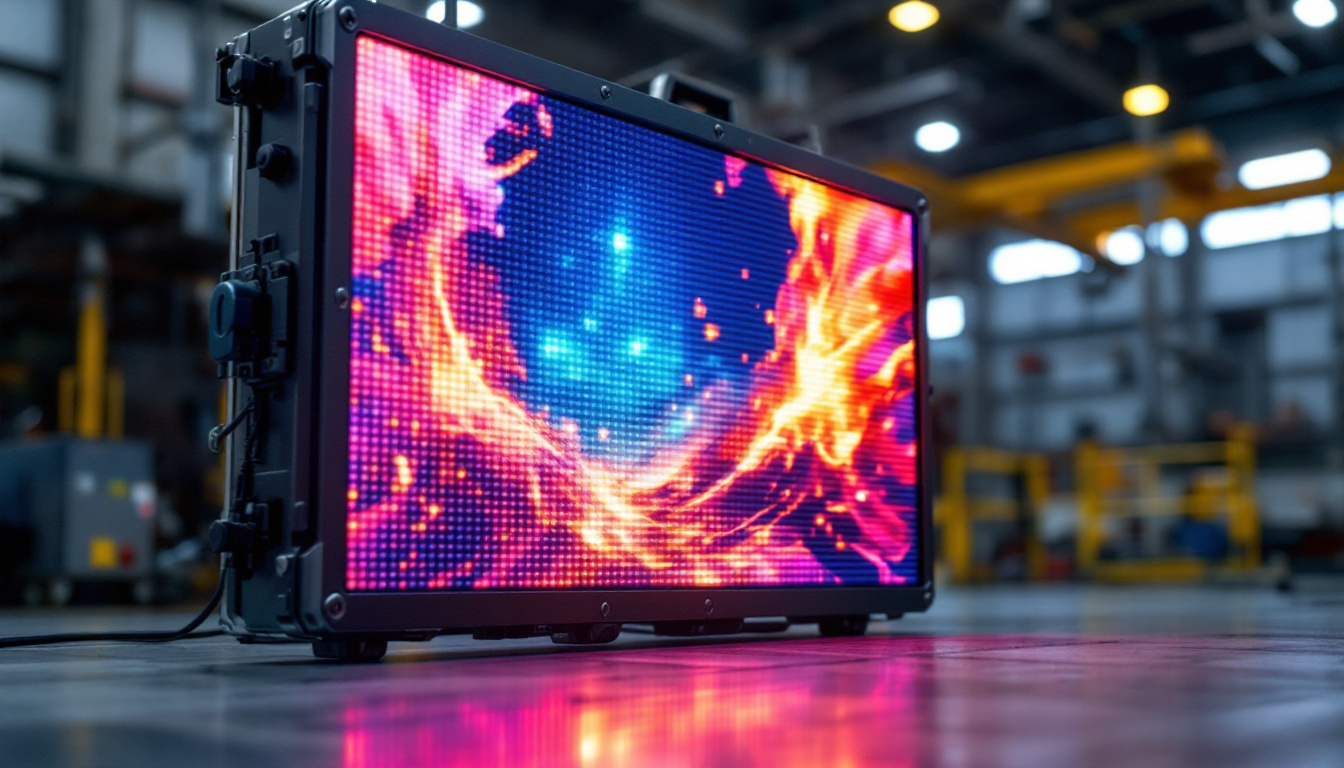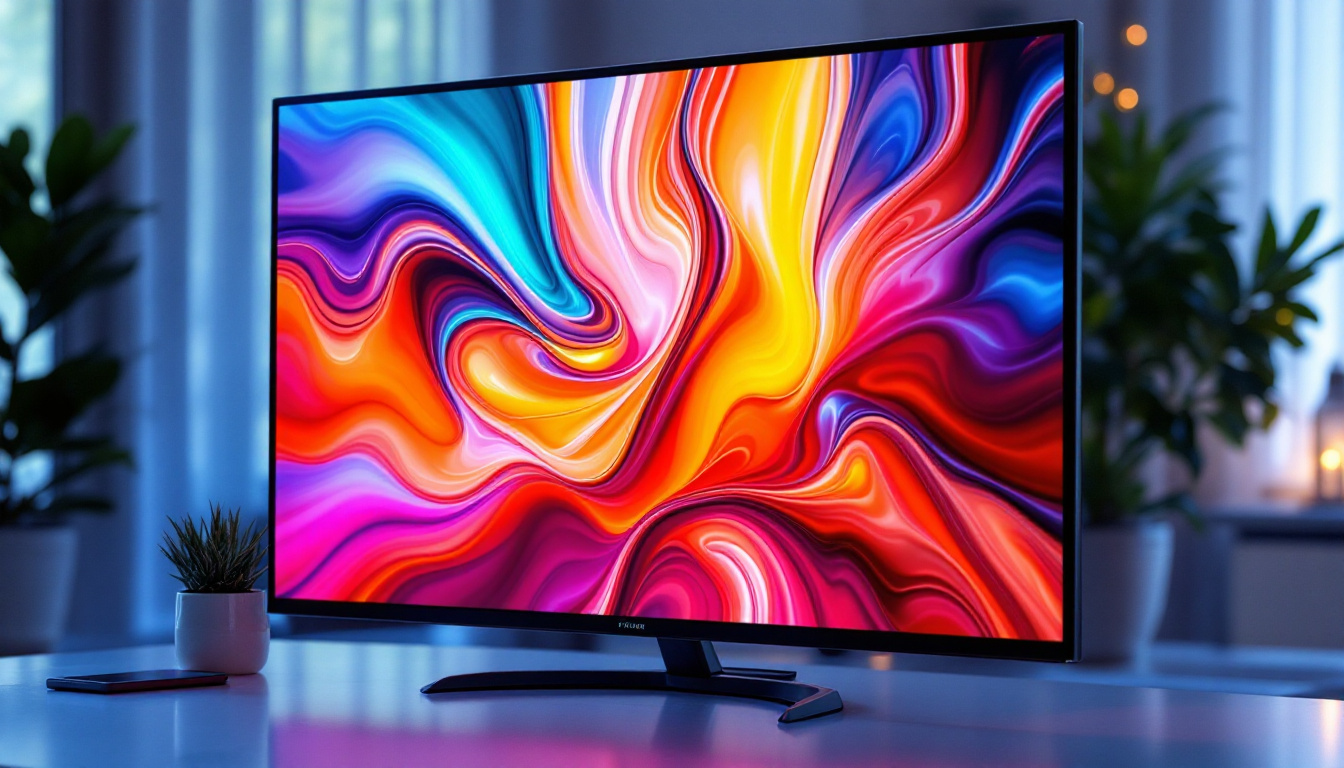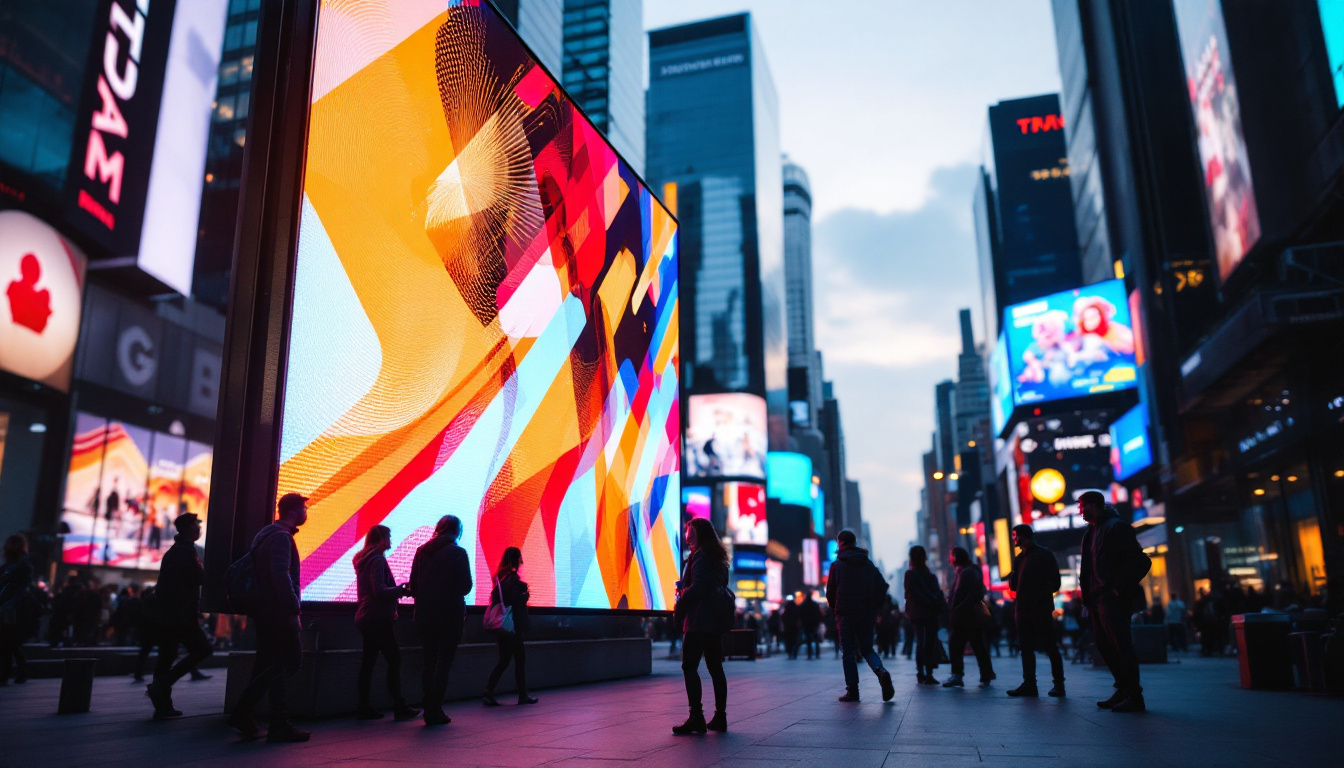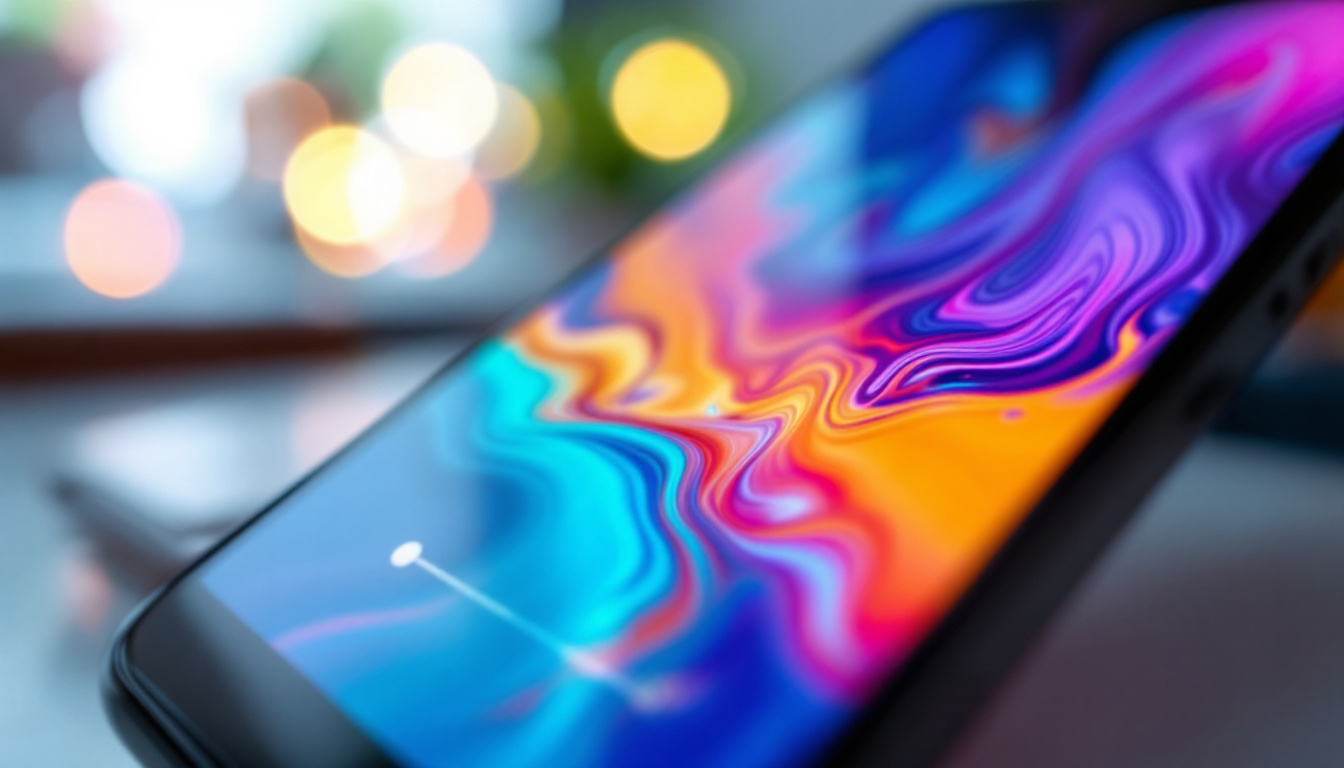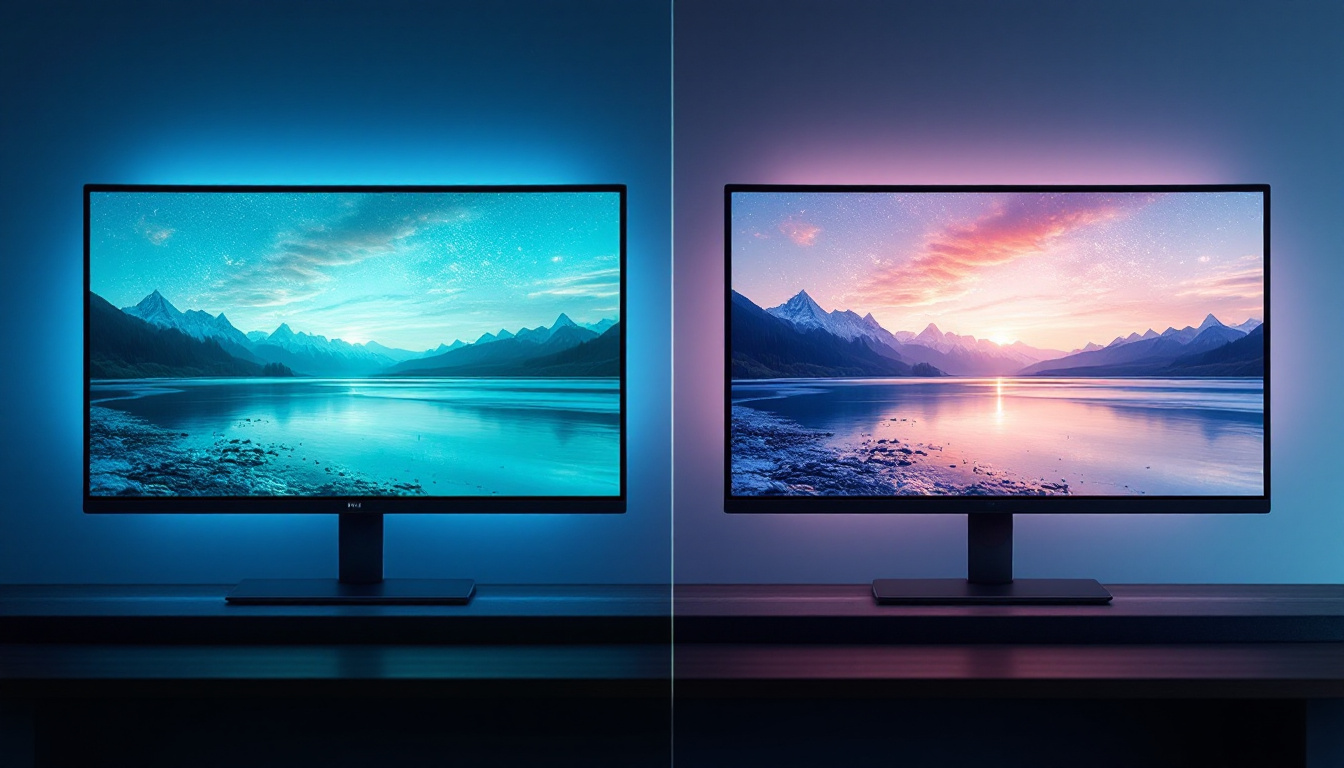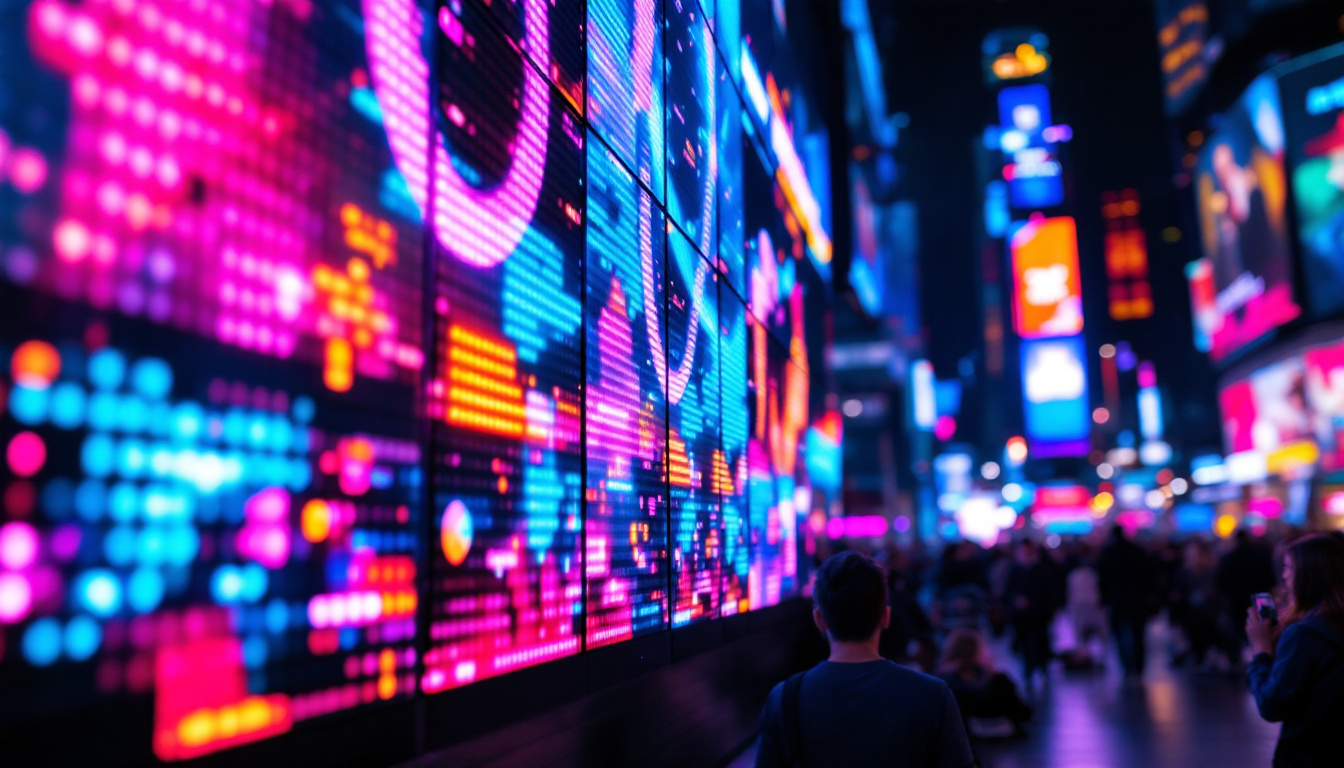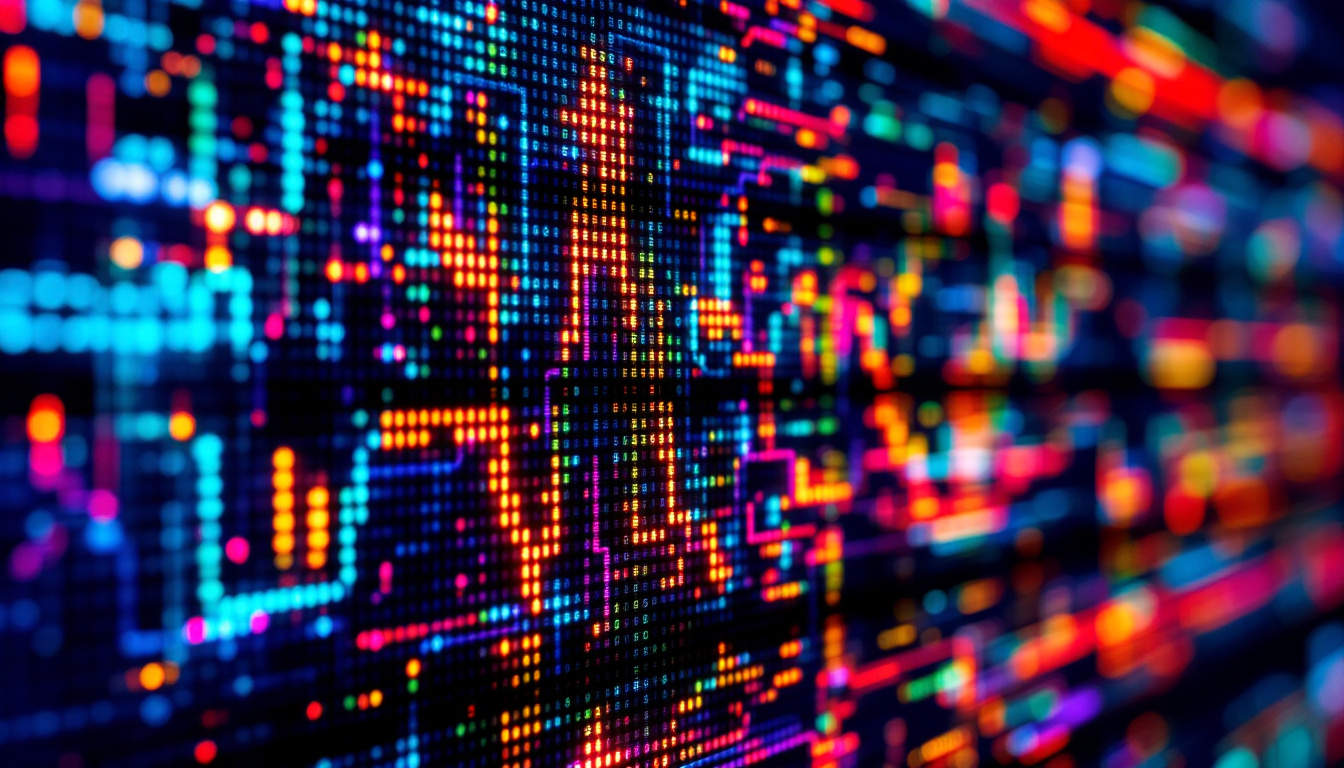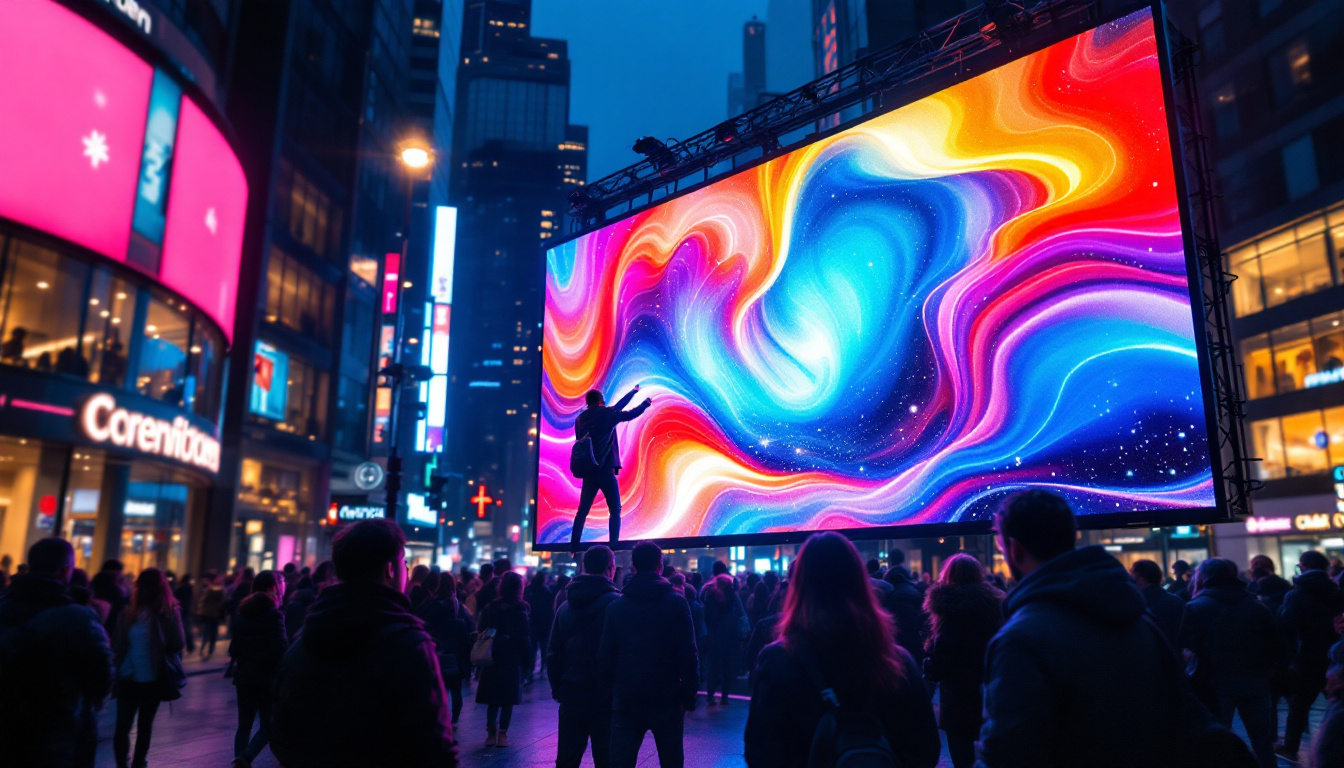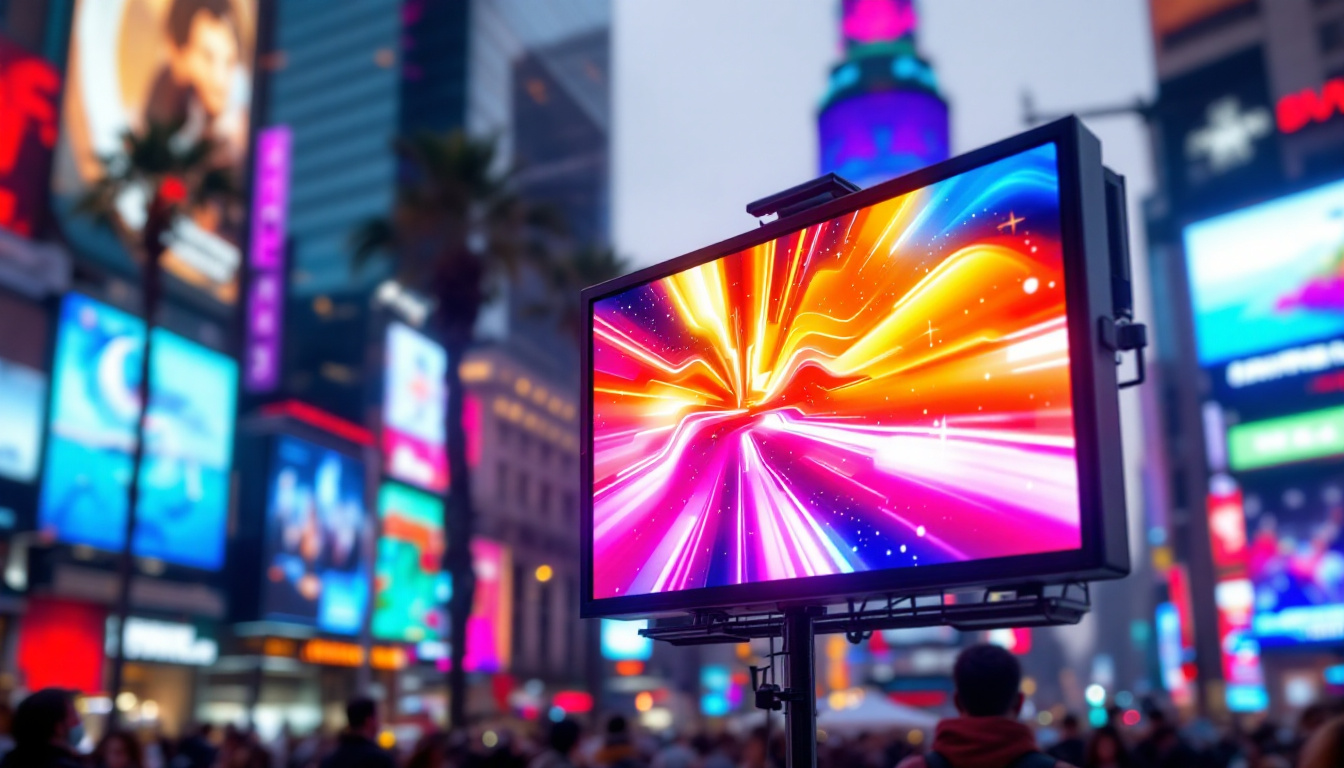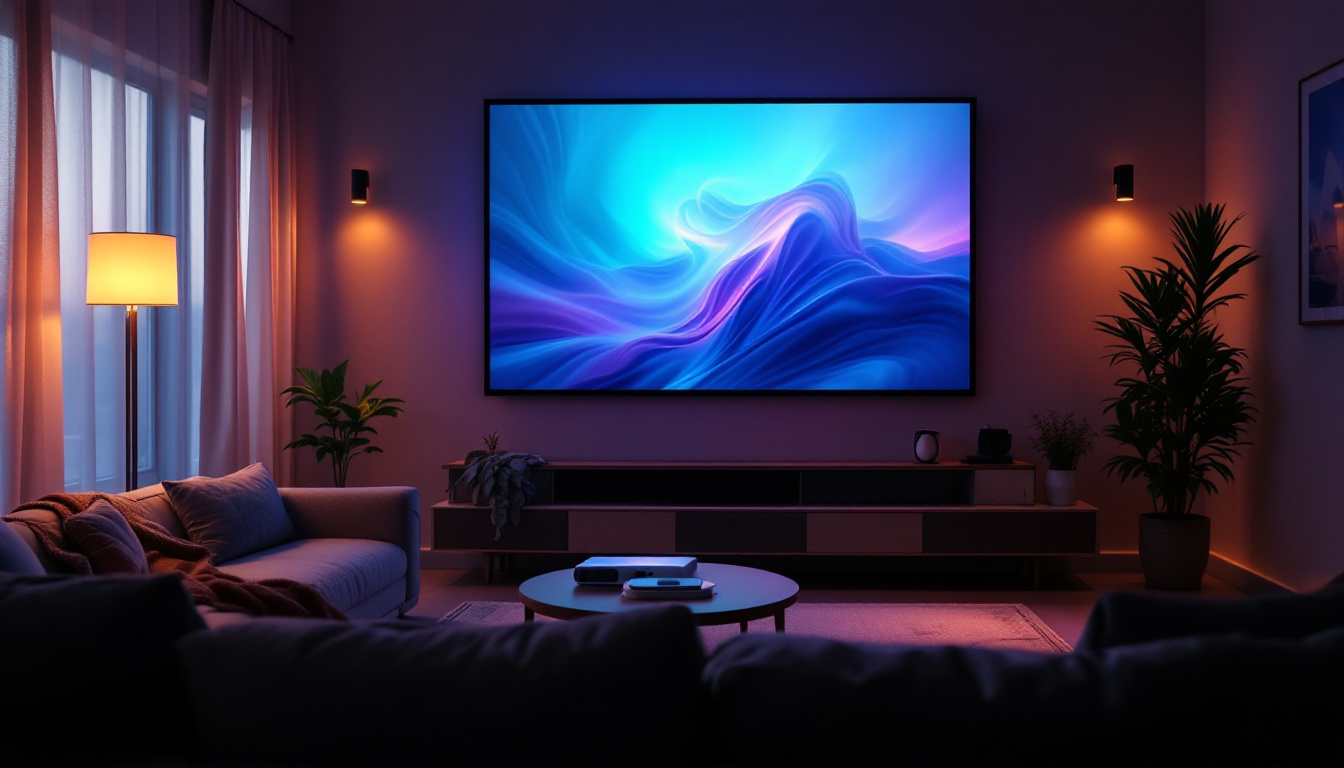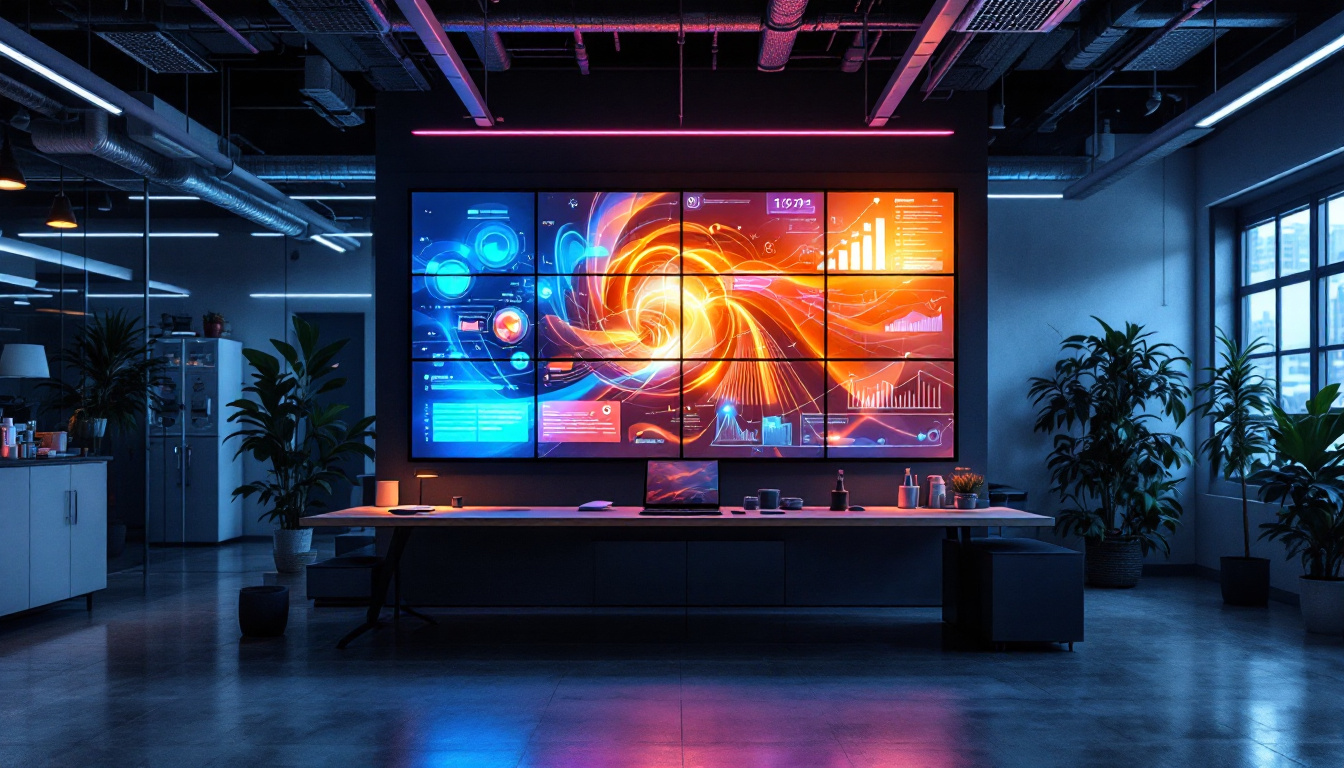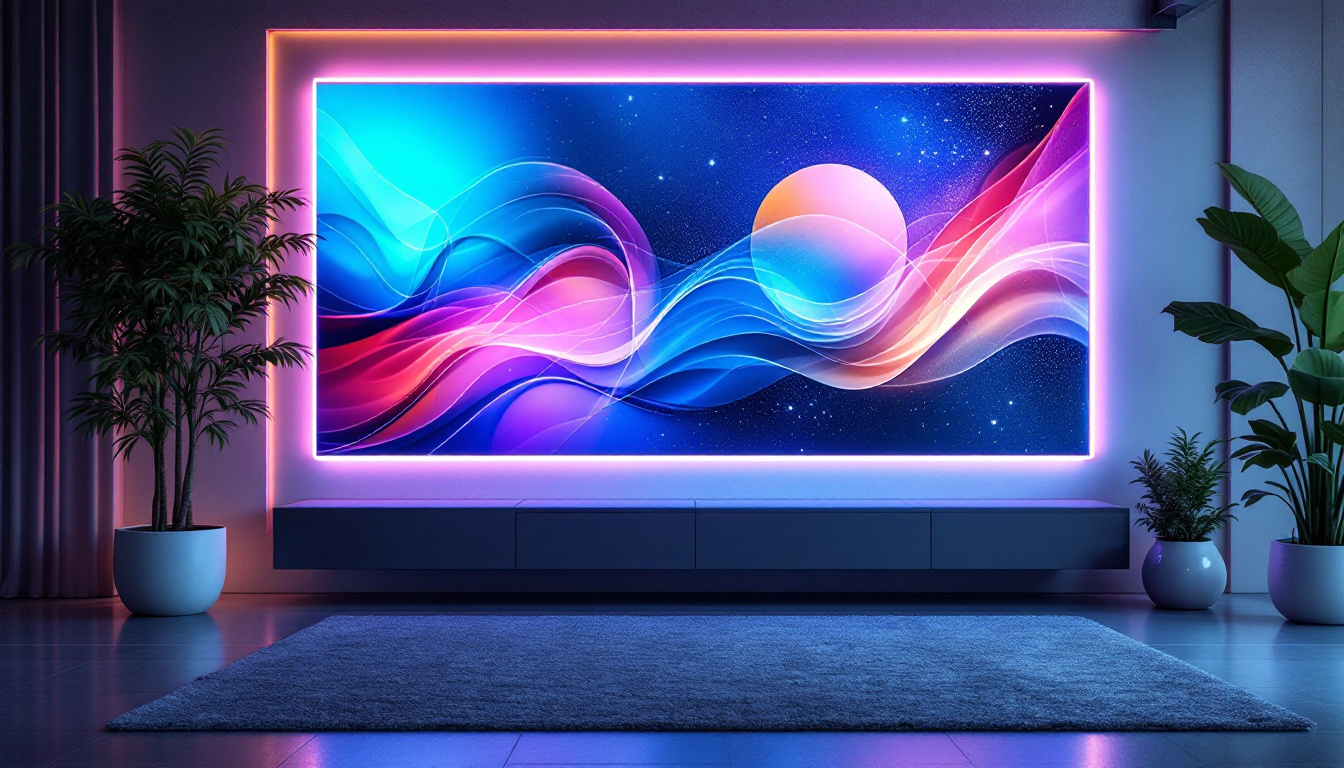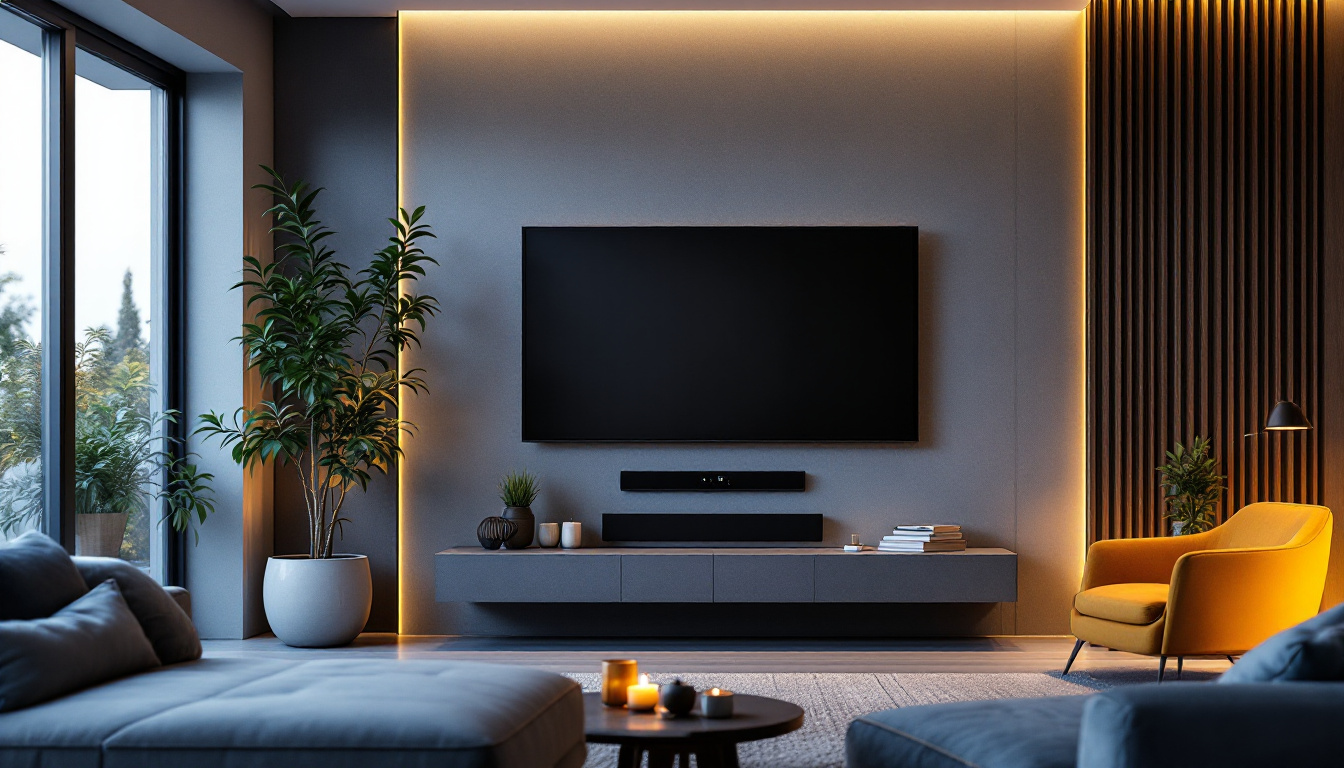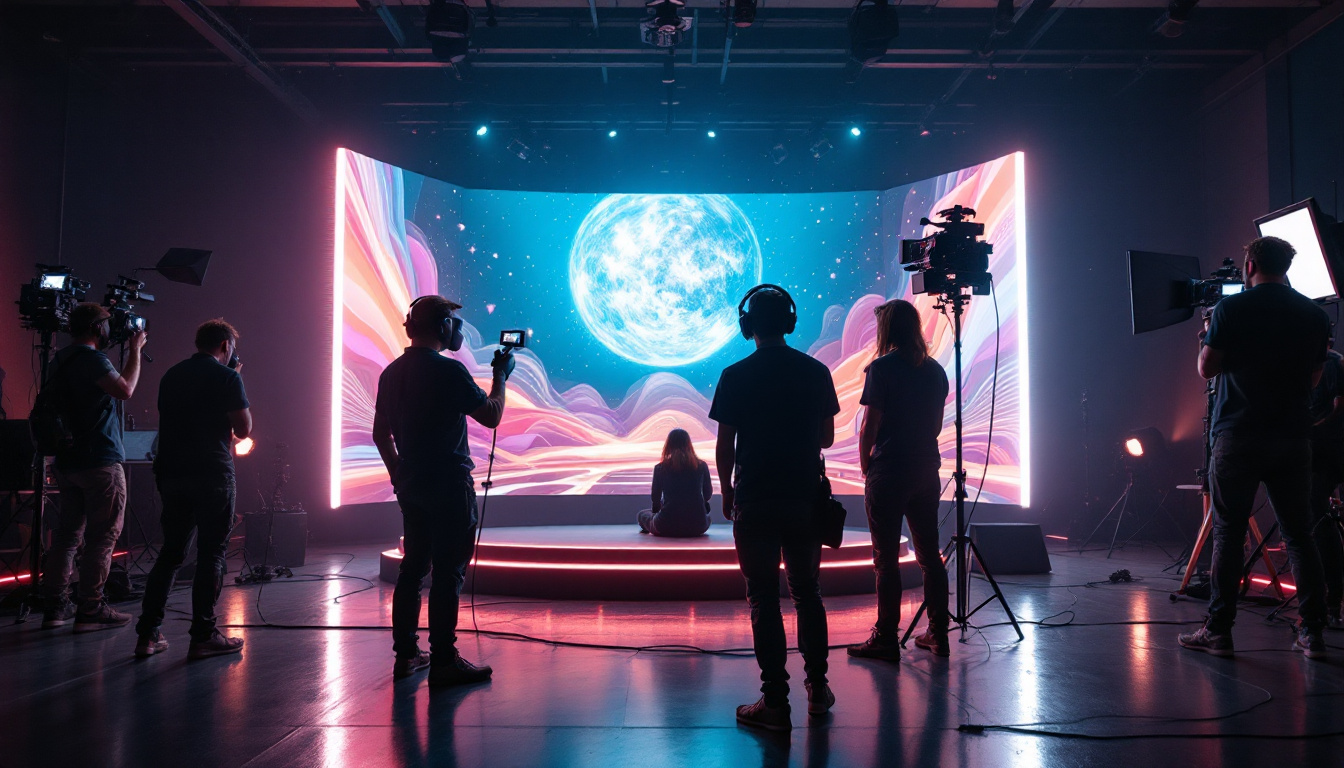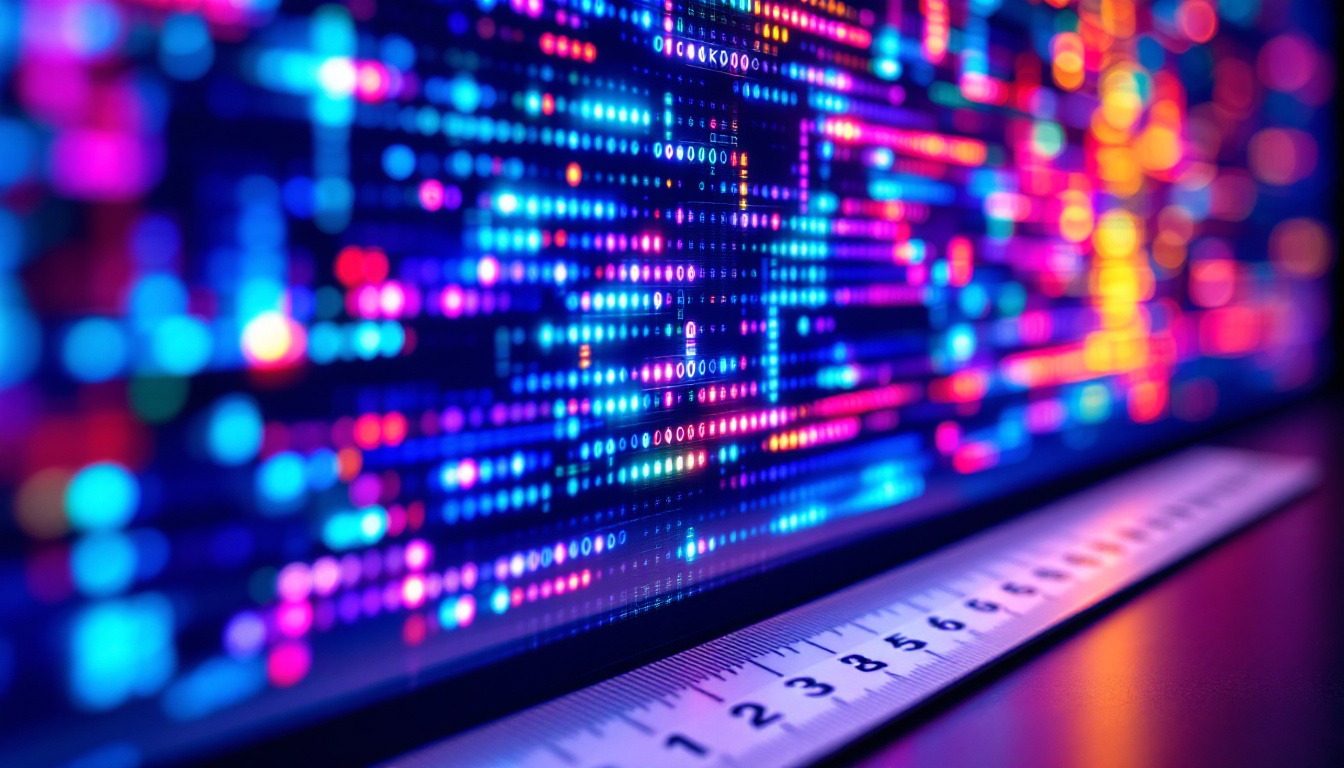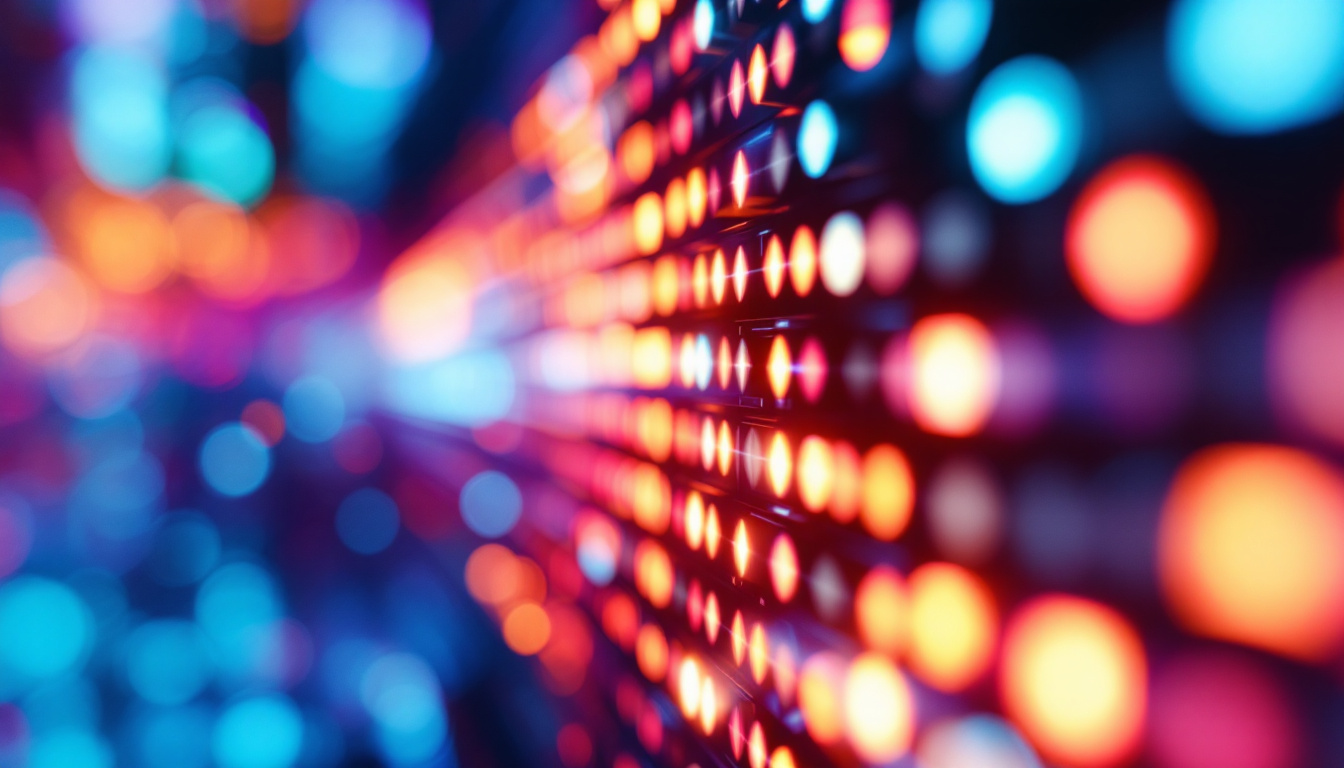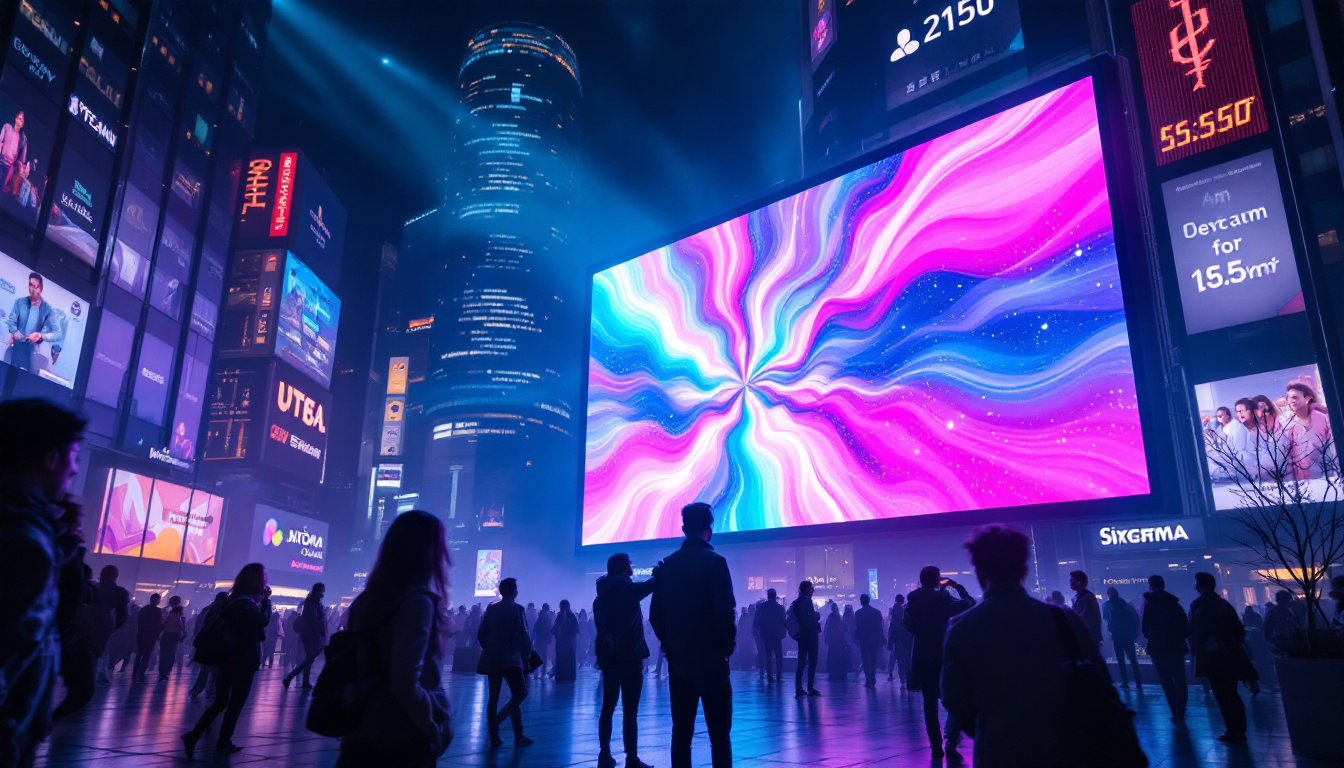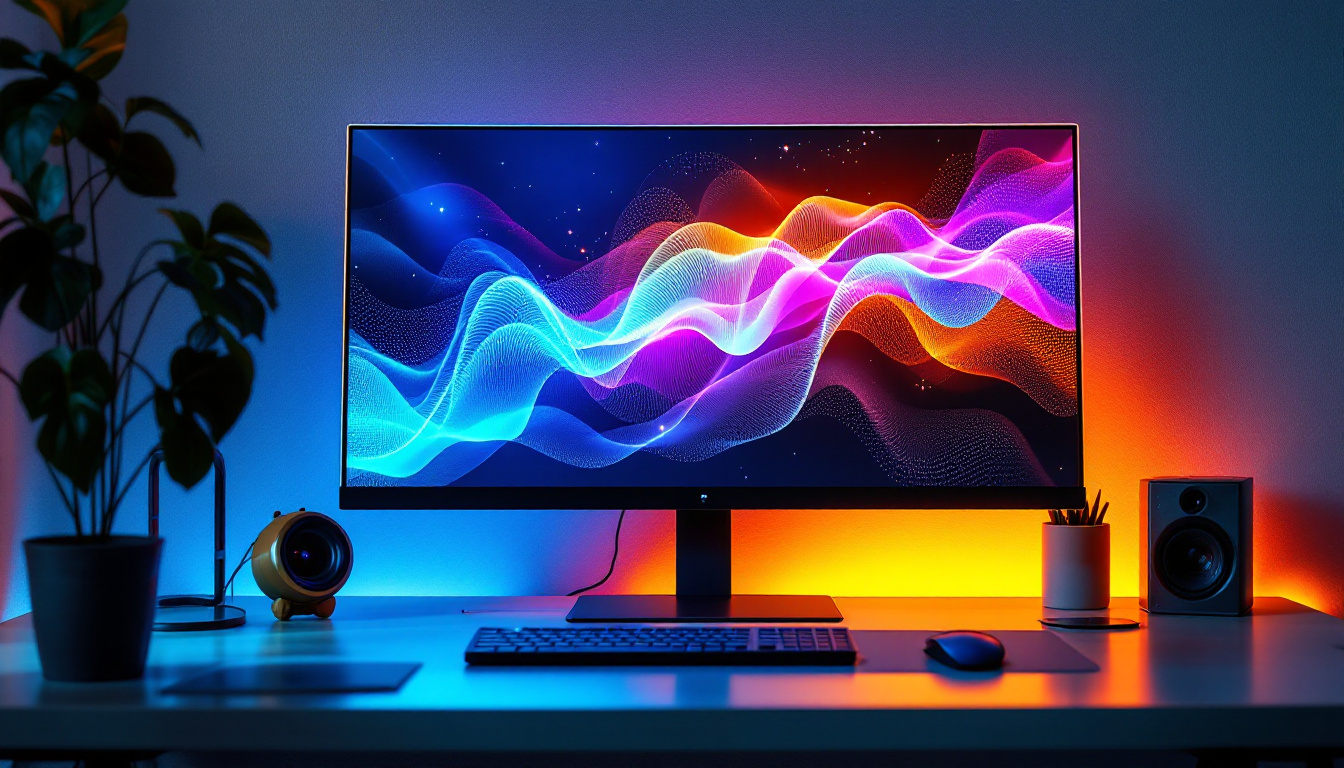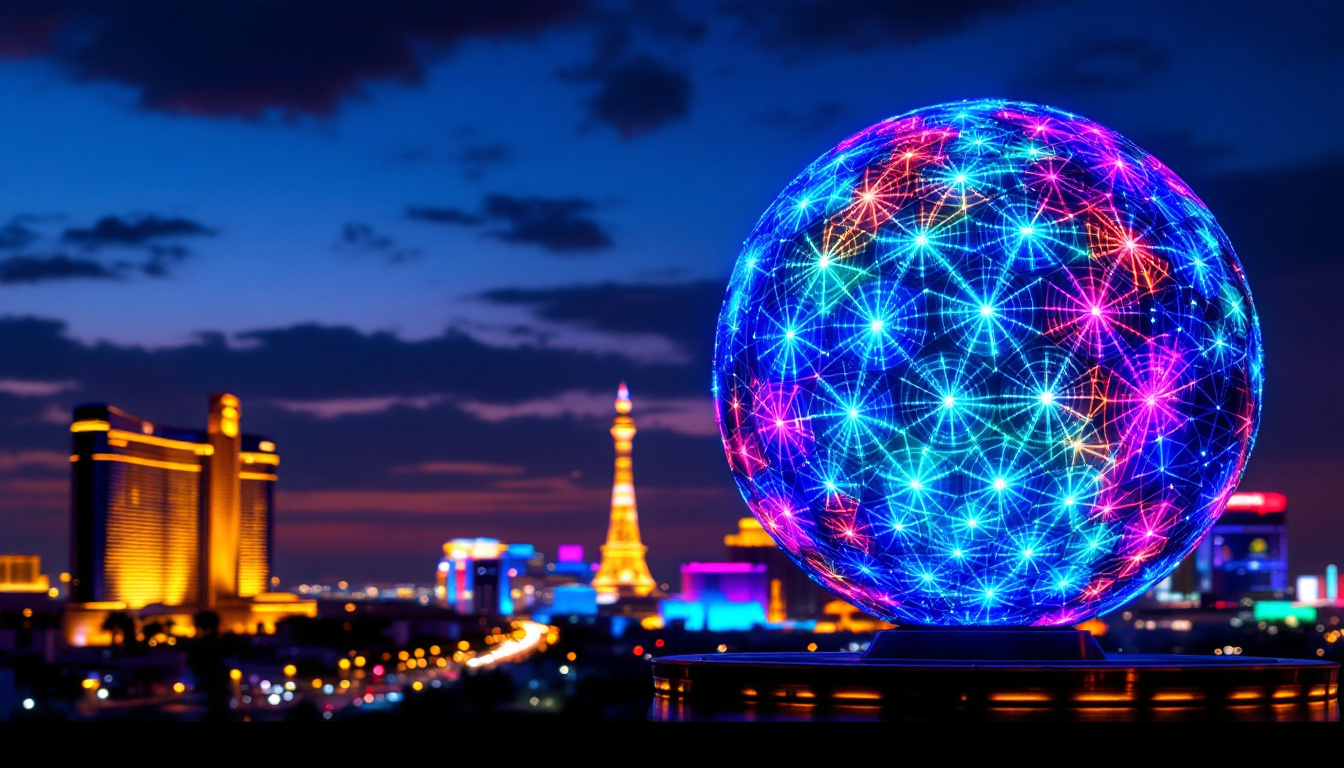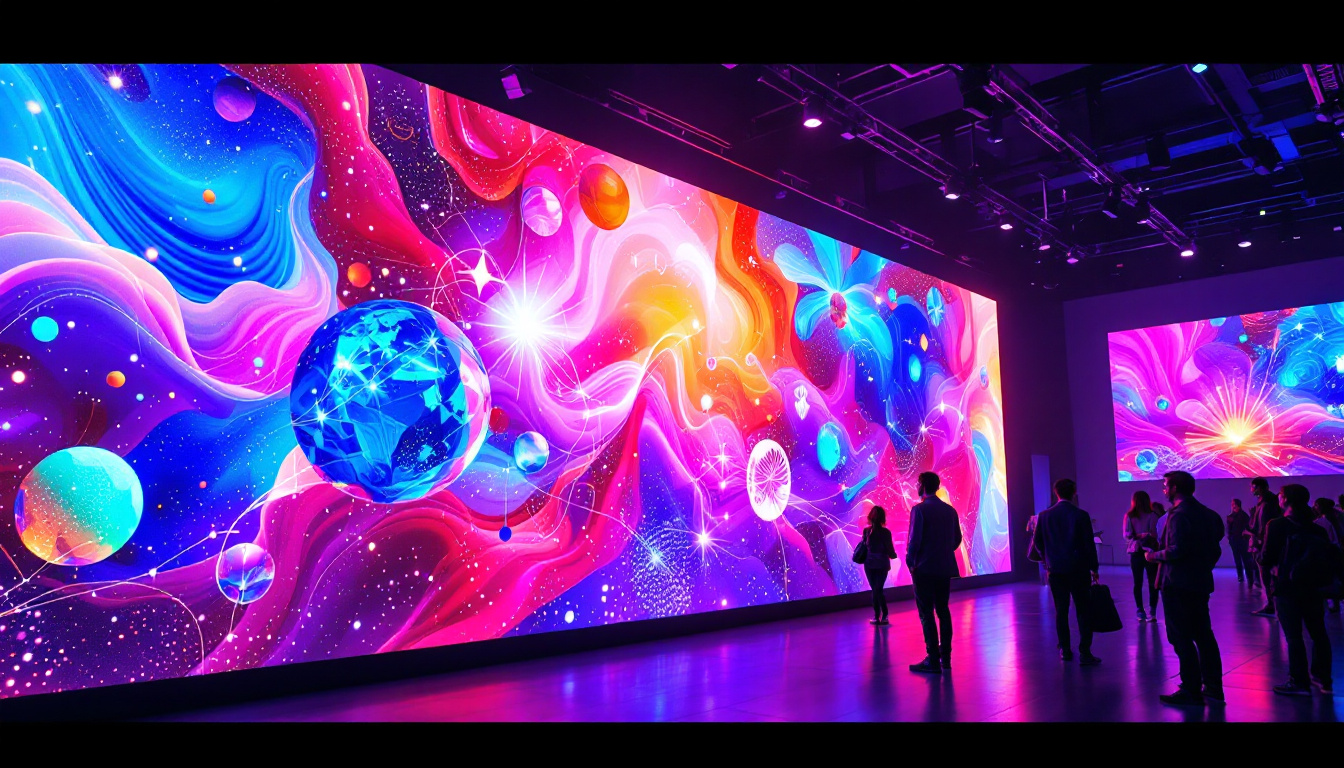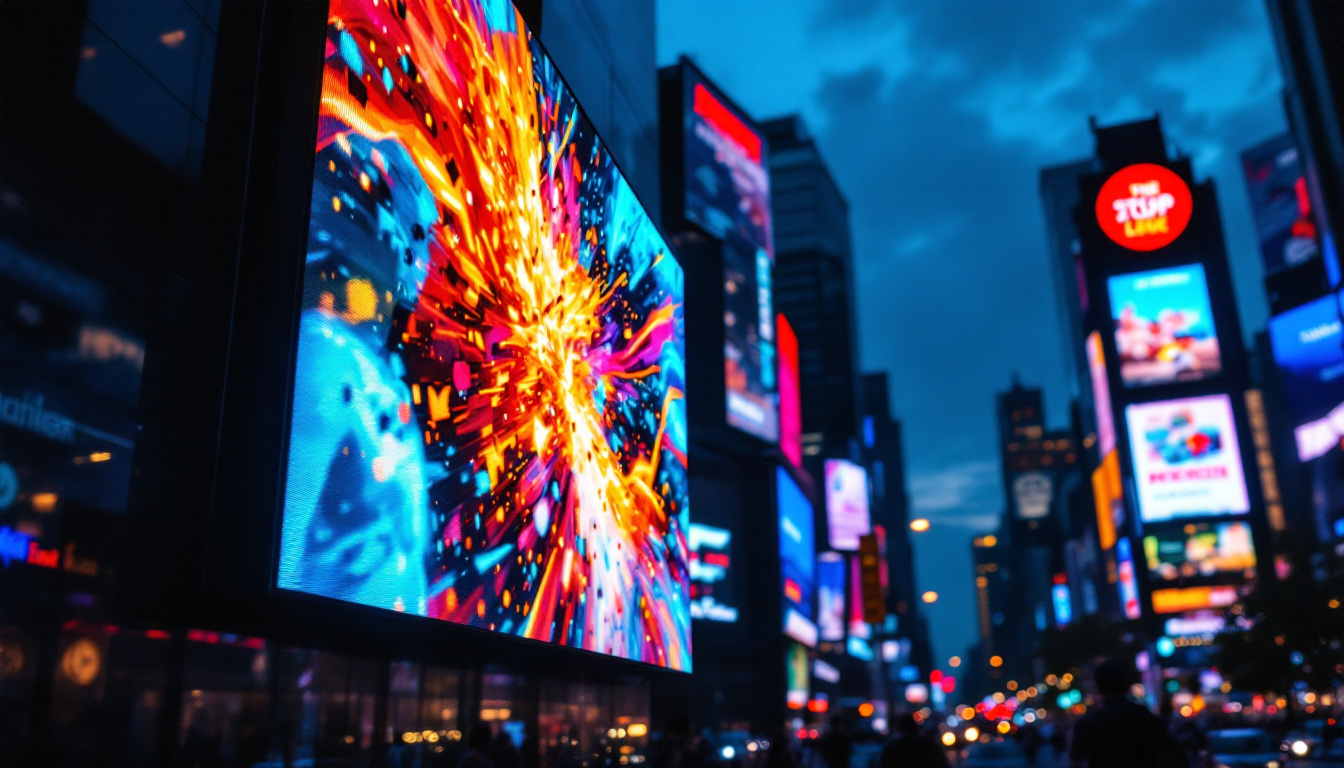In the realm of modern technology, LED displays have become ubiquitous, illuminating everything from billboards to smartphones. Among the various types of LED displays, pixel lights stand out for their versatility and vibrant visual output. This article delves into the intricacies of pixel lights, exploring their construction, functionality, applications, and the future of this remarkable technology.
Understanding Pixel Lights
Pixel lights, often referred to as LED pixel displays, are composed of numerous individual LED elements arranged in a grid. Each LED in this grid can emit light independently, allowing for a wide range of colors and effects. This capability enables pixel lights to create dynamic visual displays that can be programmed for various applications.
Components of Pixel Lights
The fundamental components of pixel lights include the LED modules, control systems, and power supplies. Each LED module contains multiple pixels, which are the smallest units of the display. These modules can be combined to form larger screens, making them suitable for both small and large-scale installations.
The control system plays a crucial role in managing the display’s output. It interprets signals from a computer or other input devices and translates them into visual content. This system can be programmed to create animations, videos, or static images, providing endless creative possibilities.
How Pixel Lights Work
At the core of pixel lights is the principle of additive color mixing. Each pixel typically consists of three sub-pixels: red, green, and blue (RGB). By varying the intensity of each sub-pixel, a wide spectrum of colors can be produced. When combined, these colors create the vibrant images and animations that pixel lights are known for.
When a signal is sent to the control system, it determines the color and brightness of each pixel based on the input data. This process occurs rapidly, allowing for smooth transitions and animations that captivate viewers. The refresh rate of the display is also critical, as it affects how fluid the visuals appear to the human eye.
Applications of Pixel Lights
Pixel lights have found their way into numerous industries, revolutionizing how visual information is presented. Their versatility makes them ideal for various applications, ranging from advertising to entertainment and beyond.
Advertising and Marketing
One of the most prominent uses of pixel lights is in advertising. Digital billboards and signage equipped with pixel displays can capture attention with vibrant colors and dynamic content. Advertisers can easily update their messages in real-time, allowing for targeted marketing campaigns that can adapt to different audiences and times of day.
Moreover, the ability to display video content enhances engagement, making pixel lights a powerful tool for brands looking to make a lasting impression. The flexibility of pixel lights also means that they can be used in various environments, from urban landscapes to shopping malls.
Entertainment and Events
In the entertainment industry, pixel lights have transformed live performances, concerts, and events. Stage designs now often incorporate pixel displays to create immersive experiences for audiences. Lighting designers can synchronize pixel lights with music and other visual elements, resulting in a captivating show that enhances the overall atmosphere.
Additionally, pixel lights are used in festivals, exhibitions, and art installations, where they can create stunning visual narratives. Artists and designers leverage the technology to push creative boundaries, crafting experiences that resonate with viewers on multiple levels.
Architectural Lighting
Architectural applications of pixel lights are becoming increasingly popular. Buildings and structures can be illuminated with pixel displays, allowing for dynamic lighting that can change based on time, season, or specific events. This capability not only enhances the aesthetic appeal of structures but also serves functional purposes, such as directing foot traffic or highlighting safety features.
Smart cities are beginning to adopt pixel lighting solutions to improve urban environments. From interactive streetlights to illuminated public art, pixel lights contribute to creating vibrant, engaging spaces that foster community interaction.
Advantages of Pixel Lights
The rise of pixel lights can be attributed to several key advantages that set them apart from traditional display technologies. Understanding these benefits can help businesses and individuals make informed decisions when considering pixel light solutions.
High Resolution and Clarity
One of the most significant advantages of pixel lights is their high resolution. With the ability to pack numerous pixels into a small area, these displays can produce sharp images and text that are easily readable from various distances. This clarity is essential for applications such as advertising, where the message needs to be conveyed quickly and effectively.
Furthermore, advancements in pixel technology have led to the development of smaller pixel pitches, allowing for even greater detail and resolution. This improvement is particularly beneficial for indoor applications, where viewers are often closer to the display.
Energy Efficiency
Pixel lights are known for their energy efficiency compared to traditional lighting solutions. LED technology consumes significantly less power, resulting in lower energy bills and a reduced carbon footprint. This efficiency is particularly advantageous for large-scale installations, where energy costs can accumulate rapidly.
In addition to being energy-efficient, pixel lights have a longer lifespan than traditional bulbs. This longevity translates into lower maintenance costs and less frequent replacements, making them a cost-effective choice for businesses and organizations.
Versatility and Customization
The versatility of pixel lights allows for a wide range of applications and designs. They can be configured in various shapes and sizes, enabling creative freedom in how they are integrated into environments. This adaptability is particularly valuable for artists and designers who wish to explore innovative concepts.
Moreover, pixel lights can be programmed to display different content and effects, providing endless possibilities for customization. Whether it’s a static logo or a dynamic animation, pixel lights can be tailored to meet specific needs and preferences.
Challenges and Considerations
While pixel lights offer numerous advantages, there are challenges and considerations that must be addressed when implementing this technology. Understanding these factors can help ensure successful deployment and operation.
Initial Costs
The initial investment for pixel light installations can be significant, particularly for large-scale projects. While the long-term savings from energy efficiency and reduced maintenance costs are substantial, organizations must be prepared for the upfront expenses associated with purchasing and installing pixel displays.
To mitigate these costs, it is essential to conduct a thorough cost-benefit analysis and consider the potential return on investment. In many cases, the enhanced visibility and engagement provided by pixel lights can justify the initial expenditure.
Technical Expertise
Implementing pixel light technology often requires a certain level of technical expertise. From installation to programming and maintenance, organizations may need to invest in training or hire skilled professionals to manage their pixel displays effectively.
Collaboration with experienced vendors or consultants can help navigate these challenges. Ensuring that the right knowledge and skills are in place will contribute to the successful operation of pixel light systems.
Environmental Factors
Environmental factors can also impact the performance and longevity of pixel lights. Outdoor installations, in particular, must be designed to withstand various weather conditions, including rain, snow, and extreme temperatures. Selecting the appropriate materials and protective measures is crucial to ensure durability and functionality.
Additionally, considerations regarding light pollution and community impact should be taken into account. Responsible use of pixel lights can enhance public spaces without overwhelming the surrounding environment.
The Future of Pixel Lights
As technology continues to evolve, the future of pixel lights looks promising. Innovations in LED technology, control systems, and integration with other smart technologies are set to enhance the capabilities and applications of pixel displays.
Advancements in LED Technology
Ongoing advancements in LED technology are likely to lead to even higher resolutions, improved color accuracy, and greater energy efficiency. As manufacturers develop new materials and techniques, pixel lights will become more versatile and accessible for a broader range of applications.
Additionally, the miniaturization of components may enable the creation of smaller, more compact pixel displays, opening up new possibilities for integration into various environments and products.
Integration with Smart Technologies
The integration of pixel lights with smart technologies is another exciting development on the horizon. As the Internet of Things (IoT) continues to expand, pixel displays may become interconnected with other devices and systems, allowing for real-time data visualization and enhanced interactivity.
For example, pixel lights could be programmed to respond to social media trends, weather conditions, or local events, creating dynamic and relevant content that engages audiences in new ways. This level of interactivity can transform how information is communicated and experienced.
Sustainability Initiatives
As sustainability becomes a priority for businesses and communities, pixel lights are well-positioned to contribute to these efforts. Their energy efficiency and long lifespan align with environmental goals, making them an attractive option for organizations looking to reduce their carbon footprint.
Furthermore, the development of recyclable materials and eco-friendly manufacturing processes for pixel lights can enhance their sustainability profile. As consumers increasingly demand environmentally responsible products, manufacturers will need to adapt to meet these expectations.
Conclusion
Pixel lights represent a significant advancement in display technology, offering unparalleled versatility, clarity, and energy efficiency. Their applications span a wide range of industries, from advertising to entertainment and architecture, making them an essential tool for modern communication and design.
While challenges exist, the benefits of pixel lights far outweigh the drawbacks, particularly as technology continues to evolve. With ongoing innovations and a focus on sustainability, the future of pixel lights promises to be bright, illuminating spaces and experiences in ways previously unimaginable.
As organizations and individuals explore the potential of pixel lights, they will undoubtedly discover new and creative ways to harness this technology, shaping the visual landscape of tomorrow.
Illuminate Your World with LumenMatrix
Ready to elevate your visual impact? Discover LumenMatrix’s comprehensive range of LED display solutions, meticulously crafted to bring your brand to life. Whether you’re looking to dazzle with an Indoor LED Wall Display, make a statement with an Outdoor LED Wall Display, or innovate with Custom LED Displays, LumenMatrix has the technology to transform your space. Embrace the future of visual communication and check out LumenMatrix LED Display Solutions today to create experiences that resonate and engage.


